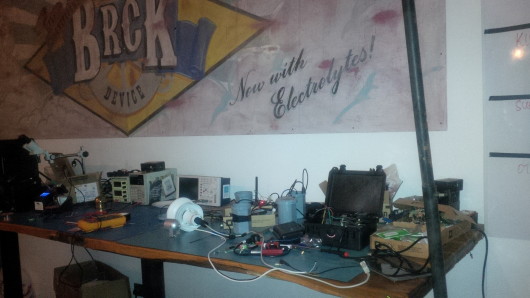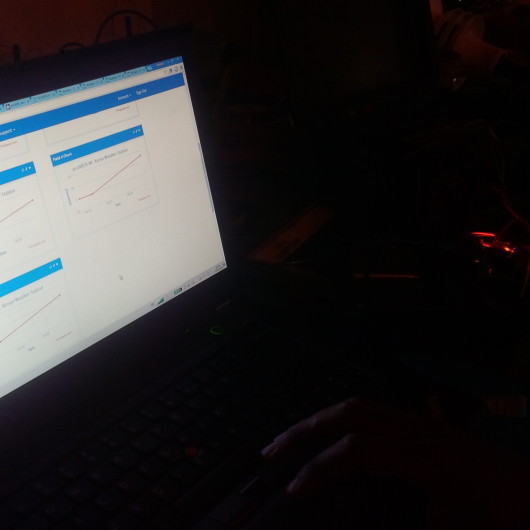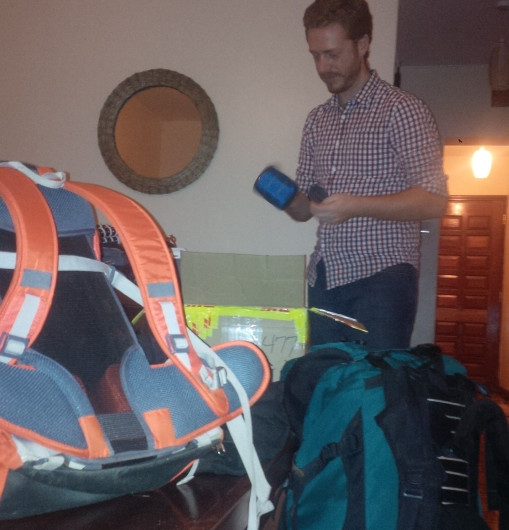Mt Kenya in 36 hours
Our very sweet new office has the statement “you can do hard things” stenciled onto one of the brick walls.
And the last week has been a testament to that across the entire staff. The software team has done some absolutely incredible stuff with the BRCKOS on the SupaBRCK prototypes. The KioKit team has been showing off KioKits all around East Africa (and MUCH further than that) to absolutely rave reviews. We’ve also built up a local manufacturing team that is really adding quality and depth to our production process. And our hardware team has been putting in some long hours meeting customer demands and supporting all the other teams.
And in the midst of it all, we’ve gone and planned an expedition. Not just any expedition either. Early Saturday morning we’re off to Mt Kenya for a 5 day trek up the mountain. During that trek we are going to be testing and proving out the picoBRCK concept. We will leave a picoBRCK weather station at Mt Kenya which will provide weather data for the next year. We will have another picoBRCK pushing live GPS coordinates as we hike. And of course we’ll be taking along a few BRCK’s so we can keep everyone updated.

The weather station and prototype picoBRCKs on the hardware development desk.
Over the past year we’ve had numerous people come through our doors looking for an IOT solution to their particular problem. These problems have ranged from monitoring water flow in a municipality to fire detection systems in ad-hoc communities, from tracking and scaring away lions and elephants in human wildlife situations to monitoring solar and water usage at refugee camps. They are NOT the IOT examples that one sees at CES nor are these needs met by any of the current generic platforms on the market.
We are in the midst of deploying solutions to a few of these problems but even as we do that we need to gain more understanding about the markets that we’re looking to enter. These are not the IOT devices of the developing world with WiFi, Zigbee, and BLE coverage. These devices are easily miles apart and could be 100’s of miles from their nearest neighbor. These devices are nowhere near any power source nor can they harvest energy from the heavy WiFi energy in the air. IOT devices in emerging markets cannot even look very interesting; any sign that something is electronic means that it is valuable and so susceptible to theft. These restriction place interesting limitations on a number of things in the design. For example, using a cellular backhaul means that the power supply has to support 2A pulses. The lack of power source means we have to depend on solar or non-rechargeable batteries but this drives up the size of the device which is not good for security.

Killah looking at the first uploads of weather data onto thingspeak where our data will be hosted. (The lightening in our new office needs some help.)
But the daily demands (and yes this week it has been daily) from potential clients for us to meet to discuss how BRCK can utilize our picoBRCK technology to solve their problems renews our energy to tackle these challenges. And that drives us to solve one hard thing after another and push our technology further to fit the needs of this market.

Paul getting a excited about some new gear needed for Mt Kenya.